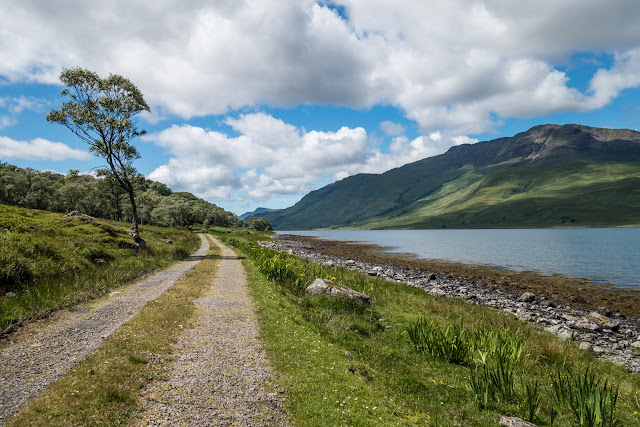Brighton and The White Cliffs
We have been to Brighton previously to see a couple of concerts but had not stayed in the daytime to explore. So, a trip to Brighton, and a visit to those White Cliff just along the coast. Accomodation for the trip was absolute rubbish!. Definitely not staying there again! Enough of that, some images of the seafront.
The Brighton West Pier
On 28th March 2003 the Pavilion was destroyed in an arson attack, and then on 11th May the Concert Hall, already seriously damaged in a huge storm the previous December, was also deliberately set on fire. English Heritage was commissioned to report on whether after such damage, the restoration was still viable. It concluded that despite the significant damage, given the wealth of salvaged material from the pier and the considerable photographic and video archive, repair and reconstruction of the pier was still viable. It was therefore bitterly disappointing that at its meeting on 28th January, the Heritage Lottery Fund decided to withdraw its funding of the project.
Now it sits just off the coast as a sort of tourist attraction, especially for photographers.
"What a lovely view Mavis"
Blown away!
View of the main beach
Let's have a doze on the pier
The spectacular seaside palace of the Prince Regent (George IV) transformed by John Nash between 1815 and 1823 into one of the most dazzling and exotic buildings in the British Isles.
The Royal Pavilion houses furniture and works of art including original pieces lent by HM The Queen and a magnificent display of Regency silver-gilt. The Royal Pavilion Tearoom, with its fabulous balcony, overlooks the Pavilion gardens, which have also been returned to their original Regency splendour. For some history here. but just to quote a paragraph:
`Brighton suited George who was a vain and extravagant man with a passion for fashion, the arts, architecture and good living. He rebelled against his strict upbringing and threw himself into a life of drinking, womanising and gambling.
This decadent lifestyle combined with his love of architecture and the fine and decorative arts – his residences in London and Windsor were like immaculate sets to show off his superb collections – resulted in his incurring heavy personal debts. In 1787, after much pleading and many promises by the Prince of Wales, the House of Commons agreed to clear his debts and increase his income.`
Then he became king in 1830 - alright for some!
Another view of the Royal Pavilion
Looking from our bedroom window we had this evening view of the pier
On parade. Posts and their shadows.
The magnificent white cliffs along the south coast. Ever since the days of early 19th-century interest in geology, the White Cliffs of Dover and those along the south coast, have offered one of the most accessible and complete records of the story of chalk formation.
They are made from chalk, a soft white, very finely grained pure limestone, and are commonly 300-400m deep. The chalk layers built up gradually over millions of years.
They're formed from the skeletal remains of minute planktonic green algae that lived floating in the upper levels of the ocean. When the algae died, their remains sank to the bottom of the ocean and combined with the remains of other creatures to form the chalk that shapes the cliffs today.
Over millions of years, the seabed became exposed and is now above sea level. The resulting edge of chalk is the iconic White Cliffs.
The cliffs only stay white because they're allowed to erode naturally. Where the cliffs are protected from erosion by man-made structures, like in the Port of Dover, plants will colonise the cliff-face making it appear green when viewed from the sea.
Admiring the view.
View back along the coastal path we had walked.
The Beachy Head lighthouse
In 1900 to 1902 under the direction of Sir Thomas Matthews, the Trinity House Engineer-in-Chief, the lighthouse was built, sited about 165 metres seawards from the base of the cliffs. For the construction, a temporary cable car from the cliff was installed for the transport of workers and stones to an iron ocean platform adjacent to the lighthouse. 3,660 tons of Cornish granite were used in the construction of the tower.
The lighthouse was equipped with a first-order revolving catadioptric optic made up of three double panels, giving two white flashes every 20 seconds; The lightsource was a Matthews-designed paraffin vapour burner. The newly-built lighthouse was also provided with an explosive fog signal, which was sounded every five minutes in foggy weather; it involved the keepers attaching a small explosive charge together with a detonator to each arm of a jib located on the gallery of the lighthouse; when winched into place, connection was made with a dynamo-electric firing machine inside the lantern, from where the charge was remotely fired.

















Comments